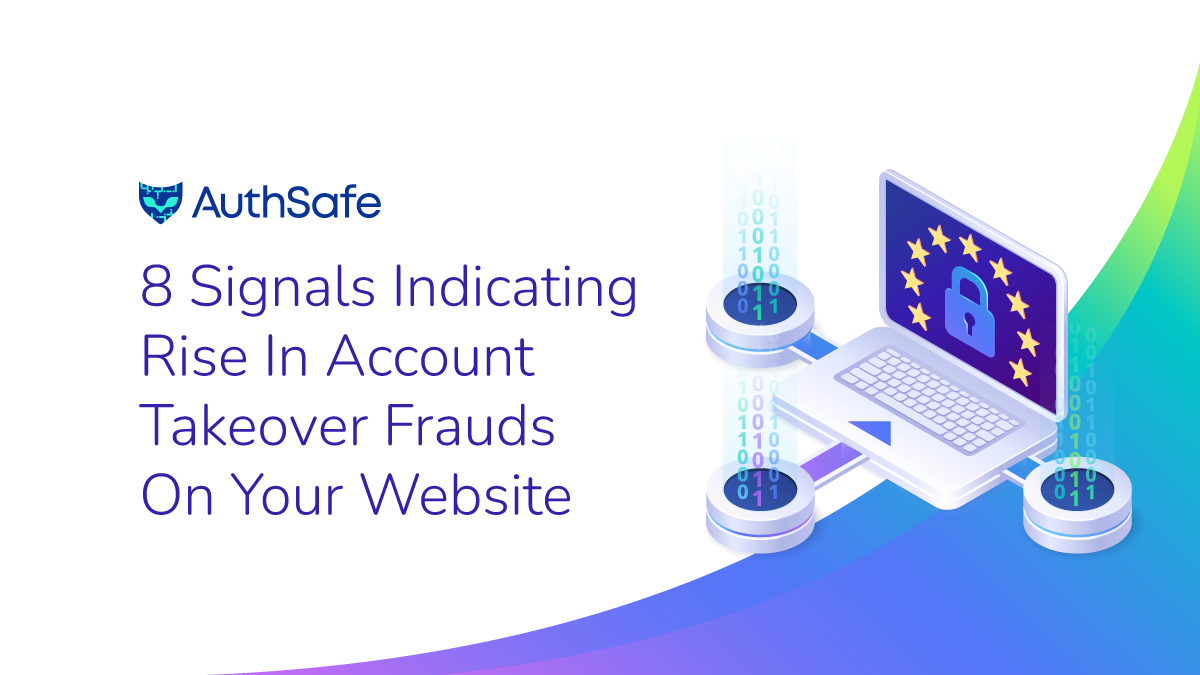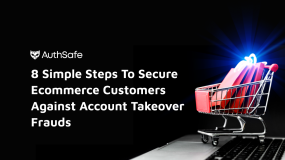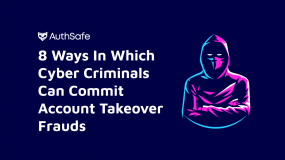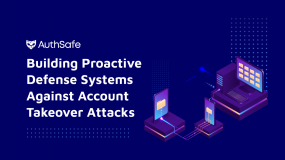
Account takeover fraud is a cybercrime in which a hacker gains unauthorized access to a victim’s online account. Then hacker uses it to commit fraud. This can involve using the victim’s account to make purchases, transfer funds, or access sensitive information. It can also involve using the victim’s account to send spam or phishing emails to the victim’s contacts.
There are several ways that hackers can gain access to a victim’s account. They may use stolen login credentials from data breaches or phishing attacks to log in to the victim’s account. They may also use malware to take over the victim’s device and use it to access the victim’s accounts.
The most menacing fraud on the Web right now is undoubtedly account takeover, which can devastate your website’s reputation. Here are 8 signals that indicate account takeover frauds have already started to target your website.
What is Website Account Takeover?
Website Account Takeover is a cyber security threat when unauthorized individuals access your online accounts. This can be achieved through various means, such as password cracking or exploiting vulnerabilities in the website. The consequences of a website account takeover can range from identity theft to financial loss and reputational damage. To prevent it, follow best practices. It includes password security, regularly updating your software, and keeping an eye out for suspicious activity on your accounts. With the increasing reliance on online platforms for our daily activities, it’s crucial to stay vigilant and protect ourselves.
1. High failed login rate
A high failed login rate is one of the most common signs. It means your website is being targeted for account takeover fraud. If a large percentage of your users try to log in but fail and then click “forgot password” or reset their passwords, it could indicate that someone else has gained access to their account.
This can happen if hackers steal or guess a user’s password. Also, this can happen if they have been using weak passwords on your site.
2. Spike in calls to customer service
If you notice a spike in calls to customer service, this could be an indicator that account takeover frauds are happening on your website. This is because attackers will make some small changes to the site, like changing the name of a product, and then call your customer service department to ask about it. This is a common tactic for account takeovers because it can be difficult for customers to tell if something has changed on the site, so they’ll call in to verify.
3. Abuse of loyalty or rewards points program
Loyalty programs are a great way to get your customers to come back to your site and make repeat purchases. But they can also be used by fraudsters looking to take advantage of the rewards points system.
If you notice a sudden spike in loyalty program memberships, it could indicate that someone has taken over a bunch of accounts and is trying to redeem all the points they can before they’re shut down.
So, watch out for sudden increases in loyalty program memberships—they could be an early warning sign of account takeover fraud on your site.
4. Sudden change in user behavior
If you notice a sudden shift in how your users use your website, it could be a sign of account takeover fraud. If the change is drastic enough, it might even warrant a call to your webmaster.
For example, if you suddenly see many people logging into your site from different locations or from devices that aren’t normally used on your site and that don’t fit into your normal user demographic, you may have been hit by an attack.
5. Increase in chargebacks
One of the clearest signs of account takeover fraud is an increase in chargebacks. The average chargeback ratio is 0.60% – or $600 for every $10,000 spent by consumers. Chargebacks occur when customers dispute a charge on their credit card statement, and the bank refunds the money to them. They can be caused by several different things, ranging from a customer realizing they made a mistake to fraud.
A sudden spike in chargebacks is often a sign that something has happened to your website or payment processing system. This could be anything from an employee’s credentials being compromised to an attack on your website’s security.
6. Bot traffic
The important sign that your website is being targeted by account takeover fraud is an influx of bot visitors. Bots are automated programs that visit websites and perform a variety of actions. These actions could include recording user behavior to loading web pages to test their load time.
If there’s a sudden increase in the number of bots visiting your site, it could indicate that someone else has taken over your account and is using it to send spam or exploit vulnerabilities in your security system.
7. Indication of credit card fraud
The most common way to detect account takeover fraud is through credit card fraud. If the credit card used by the user is compromised, it can be misused by a third party to buy goods or services online. This indicates that the user’s account is under attack, and you should immediately remove it from your website.
8. Increased device diversity
If your website is seeing an uptick in the diversity of devices in-use to access it, that may be a sign of account takeover fraud.
This is because hackers can more easily steal your customers’ information when accessing your website on a device you don’t recognize and haven’t set up properly.
If you have trouble recognizing the devices in-use to access your site, it may be time to research how account takeover fraud works and how you can prevent it from happening to you.
Conclusion
You can keep yourself safe from account takeover fraud by taking appropriate measures in advance. At the end of the day, just a few simple steps can protect your business from account takeover frauds happening on your site.
Yes, attackers will change their tools and techniques, but by staying alert and implementing the security measures that AuthSafe offers, you can stay safe from hackers.






